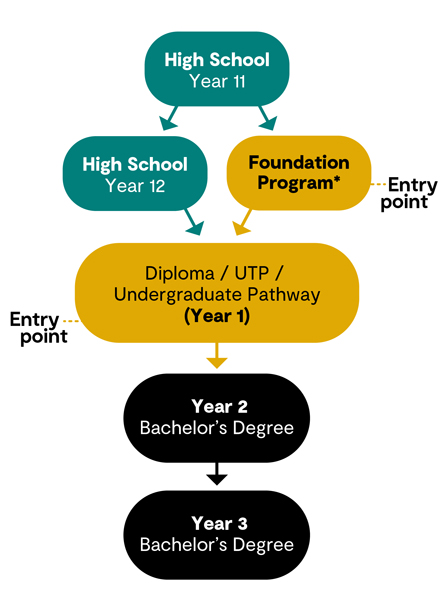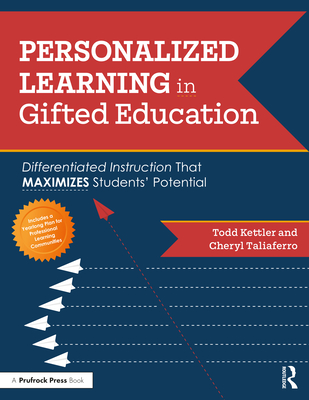Understanding the Undergraduate Loan Limit: A Comprehensive Guide to Financing Your Education
#### What is the Undergraduate Loan Limit?The undergraduate loan limit refers to the maximum amount of federal student loans that a student can borrow while……
#### What is the Undergraduate Loan Limit?
The undergraduate loan limit refers to the maximum amount of federal student loans that a student can borrow while pursuing their undergraduate degree. These limits are set by the U.S. Department of Education and can vary based on factors such as the student's year in school and whether they are considered a dependent or independent student. Understanding these limits is crucial for students and their families as they plan for the financial aspects of higher education.
#### Types of Undergraduate Loans
There are primarily two types of federal student loans available to undergraduate students: Direct Subsidized Loans and Direct Unsubsidized Loans.
1. **Direct Subsidized Loans**: These loans are available to undergraduate students who demonstrate financial need. The government pays the interest on these loans while the student is in school at least half-time, during the grace period, and during deferment periods.
2. **Direct Unsubsidized Loans**: These loans are available to all undergraduate students regardless of financial need. Interest accrues on these loans while the student is in school, and the borrower is responsible for paying the interest at all times.
The undergraduate loan limit is crucial when determining how much students can borrow in total from these loan types.
#### Loan Limits by Year in School

The undergraduate loan limit is structured by the student’s academic year:
- **Freshman Year**: Students can borrow up to $5,500, with a maximum of $3,500 in subsidized loans.
- **Sophomore Year**: The limit increases to $6,500, with a maximum of $4,500 in subsidized loans.
- **Junior and Senior Years**: Students can borrow up to $7,500 annually, with a maximum of $5,500 in subsidized loans.
Additionally, the total aggregate loan limit for dependent undergraduate students is $31,000, with a maximum of $23,000 in subsidized loans. For independent students, the total aggregate limit is $57,500, with a maximum of $23,000 in subsidized loans.
#### Implications of Loan Limits

Understanding the undergraduate loan limit is essential for managing student debt effectively. Students must plan their finances carefully to ensure they do not exceed these limits and incur additional debt through private loans, which often come with higher interest rates and less favorable repayment terms.
#### Strategies for Managing Student Loans
To make the most of the undergraduate loan limit, students should consider the following strategies:
1. **Budgeting**: Create a budget that accounts for tuition, fees, and living expenses. This will help determine how much to borrow and avoid unnecessary debt.
2. **Scholarships and Grants**: Actively seek out scholarships and grants to minimize the amount of loans needed. Many organizations offer financial aid that does not need to be repaid.
3. **Part-time Work**: Consider working part-time during the school year or over the summer to help cover expenses without relying solely on loans.

4. **Loan Counseling**: Take advantage of loan counseling services provided by schools to understand the terms and conditions of loans and repayment options.
#### Conclusion
In conclusion, the undergraduate loan limit plays a significant role in shaping the financial landscape for students pursuing higher education. By understanding these limits and employing effective financial strategies, students can navigate their educational expenses more effectively and minimize their long-term debt burden. As you embark on your academic journey, remember to stay informed about your borrowing options and make educated decisions regarding your finances.